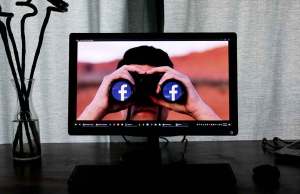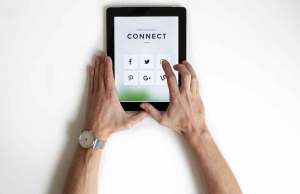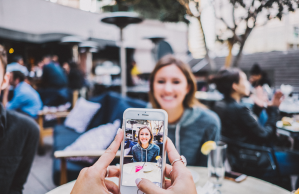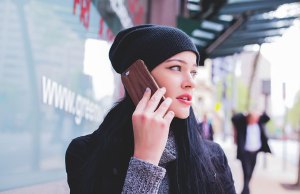Social media has gotten a bad rap lately: it’s been blamed for growing feelings of low self-esteem, loneliness, and bouts of depression. And not without warrant. Not only have users of the platforms reported these negative effects, but studies have shown that social media is, indeed, a likely culprit of declining mental health. Still, people rally behind their beloved Instagram’s, Facebook’s, and Snapchat’s—or they at least keep signing on.
And they insist that they’ve either adapted healthier user habits or that social media doesn’t have a negative impact on them at all: instead, it’s a positive influence on their everyday lives, they say.
Some might find this hard to believe. But before you start delving into the extensive research that paints social media as a harmful entity, consider potential positives: it allows you to stay connected with distant friends and relatives; it can be used to promote positive and productive ideas; and it can serve as a creative outlet. And if that wasn’t enough to convince you, maybe the fact that emerging research is discovering additional positive effects will: a new study “Microblogging and the Value of Undirected Communication” suggests that social media interactions can help decrease negative emotions and boost well-being.
The researchers found that people who feel nervous during one-on-one conversations find refuge in social media—especially during trying times. “When people feel badly, they have a need to reach out to others because this can help reduce negative emotions and restore a sense of well-being. But talking to someone face-to-face or on the phone might feel daunting because people may worry that they are bothering them,” explained Eva Buechel, a professor at the University of South Carolina and lead author of the study. “Sharing a status update on Facebook or tweet on Twitter allows people to reach out to a large audience in a more undirected manner.”
To reach these findings, Buechel explored trends in “microblogging,” which is short-term for sharing small messages with an audience on social media networks. She gathered study participants and then split them into several groups: the first group was told to write about a time when they were alone at a party with no one to talk to, and the second was to write about office products. Buechel then asked the subjects to log into and spend two minutes on their favorite social media platform. And after the two minutes were up, she asked if they had microblogged. Buechel found that those who first wrote about their uncomfortable party experience were more likely to microblog.
Buechel’s experiments didn’t stop there: to further explore microblogging tendencies, she conducted another test, which tasked one group of participants with watching a clip from Silence of the Lambs, while the control group looked at pictures from space. All of the subjects then answered questions about how likely they were to microblog, direct message someone, or communicate in person. And finally, they answered one more set of questions designed to measure the participants’ levels of social anxiety in various situations. Buechel found that those who ranked higher on the social apprehension scale were more likely to microblog after experiencing negative emotions (which resulted from watching Silence of the Lambs). And the opposite rang true for those who were low on the scale: they felt more inclined to direct message or speak with someone face-to-face after watching the scary movie clip.
Buechel explains how these findings prove social media can be beneficial—especially for the socially apprehensive: “There is a lot of research showing that sharing online is less ideal than having communication in person, but these social networks could be an important communication channel for certain individuals who would otherwise stay isolated.” She goes on to explain that there is a fine line between relying on social media as a primary form of communication and utilizing microblogging to one’s social benefit from time to time.
Sources:
Society for Consumer Psychology (2017, December 11). How Social Networking Keeps People Healthy. NeuroscienceNews. Retrieved December 11, 2017 from http://neurosciencenews.com/social-media-health-8166/
Buechel, E. C., & Berger, J. (2017, October 30). Microblogging and the Value of Undirected Communication. Journal of Consumer Psychology. Retrieved on December 12 2017 from http://onlinelibrary.wiley.com/doi/10.1002/jcpy.1013/abstract













